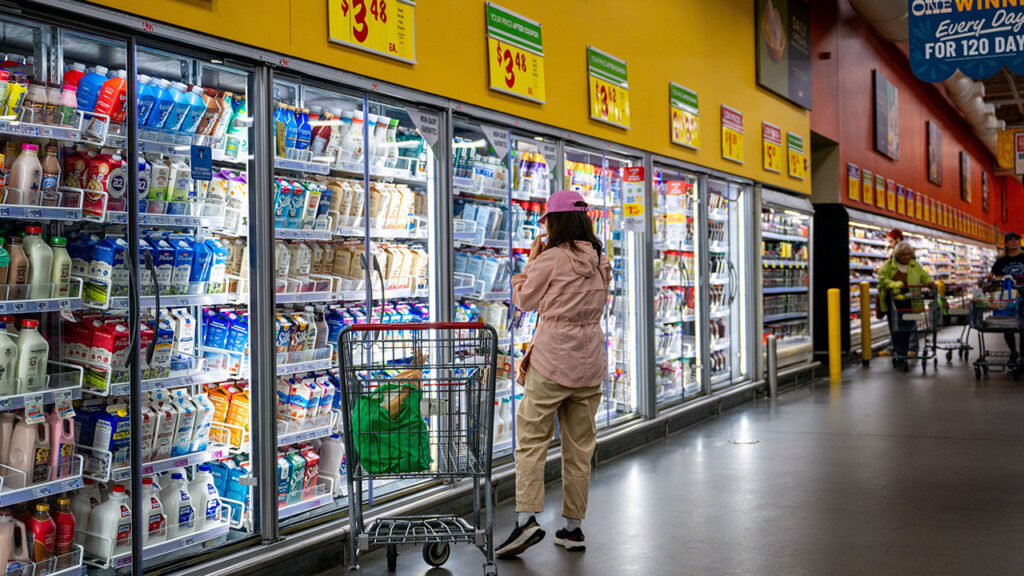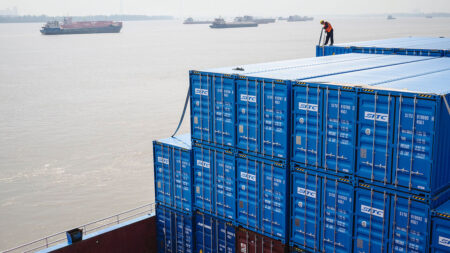Jerome Powell’s press conferences, which have historically been significant events capable of shifting market sentiments, seem to have garnered less public attention in recent times. One reason for this shift could be attributed to the political landscape, particularly with Donald Trump occupying the White House during a pivotal period for the economy. The focus on Trump’s statements and actions has, at times, overshadowed important discussions regarding monetary policy and inflation, which are critical to understanding the economic climate in the United States. The role of the Federal Reserve under Powell’s leadership has been challenging, especially given the external pressures that often divert attention away from the nuances of economic policy.
However, a recent surge in inflation has once again brought the issue of rising prices to the forefront of public discourse. Specifically, in January, the United States experienced a striking increase in the “core” consumer price index—the measure that excludes the more volatile categories of food and energy costs. This index surged by an annualized rate of 5.5%. Such a significant jump has sparked discussions among economists and policymakers alike, highlighting the ongoing challenge of managing inflation in a recovering economy. This resurgence in inflation readings has made it difficult for the Federal Reserve to maintain its previously set course of action, resulting in heightened scrutiny of Powell’s comments and decisions during press conferences.
In light of these developments, Larry Summers, a respected figure who served as Treasury Secretary under President Bill Clinton, openly expressed his concerns about the current economic situation. He labeled this period as potentially the “riskiest for inflation policy since the early Biden administration.” His comments are particularly poignant, considering that the Biden administration’s early months were marked by rapid and escalating inflation that reached levels not seen in four decades. Summers’s warning underscores the precarious balance that the Federal Reserve must strike between fostering economic growth and curbing inflation that threatens to spiral out of control.
The implications of rising inflation are significant for various stakeholders in the economy. For consumers, increased prices can erode purchasing power, making essential goods and services less affordable. For businesses, uncertainty regarding future inflation can complicate pricing strategies and investment decisions. Furthermore, debt levels, both public and private, add another layer of complexity to the economic landscape. When inflation rises, it typically leads to heightened interest rates, which in turn affects borrowing costs. Consequently, businesses and consumers alike may find themselves re-evaluating their financial strategies in response to shifts in monetary policy dictated by the Federal Reserve.
The dynamics of inflation are further complicated by global economic factors, including supply chain disruptions and geopolitical tensions that continue to influence market stability. These external influences mean that the Federal Reserve, while shaping domestic monetary policy, must also consider a range of international events that can have ripple effects on the American economy. The interplay between U.S. monetary policy and global economic conditions makes it imperative for the Fed to adopt a comprehensive approach in its deliberations.
As Powell prepares for future press conferences, the economic landscape remains fraught with uncertainty. The dual mandate of the Federal Reserve—to promote maximum employment while stabilizing prices—has never been more challenging. With inflation re-entering the public consciousness, the spotlight will undoubtedly return to Powell and his team as they strive to navigate this tumultuous period. Investors, economists, and the general public will be closely watching for signals regarding the Fed’s next steps, especially in light of Larry Summers’s cautionary perspective and the complicated realities of managing inflation in a post-pandemic economy.









